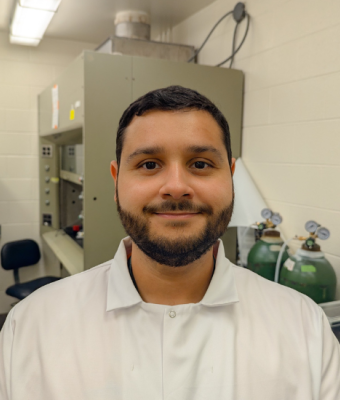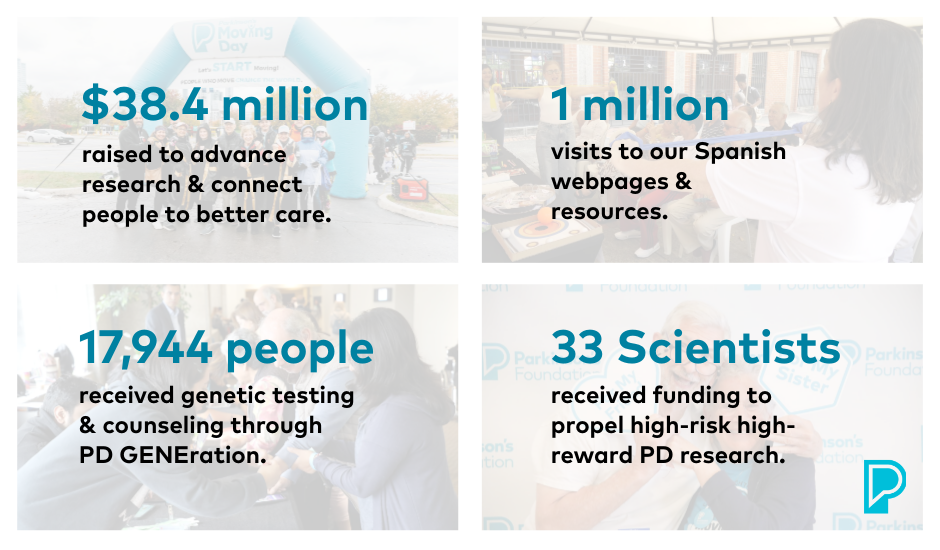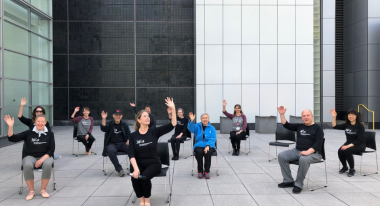Update: New Study Finds Drugs like Ozempic Ineffective for Parkinson’s Treatment

Update: February 21, 2025
This February, a new study published in the medical journal The Lancet has cast substantial doubt on the potential effectiveness of the diabetes drug class GLP-1 receptor agonists on treating Parkinson’s disease (PD).
A phase 3 clinical trial evaluated the GLP-1 receptor agonist called Exenatide. The study, consisting of 194 participants followed over two years, found that daily use of Exenatide did not provide any significant improvement for Parkinson’s symptoms compared to the placebo. This lack of improvement was consistent across age groups, sexes and PD stages. The researchers also performed pre- and post-study CT brain scans on select participants, finding that Exenatide did not impact dopamine activity in the PD-relevant regions of the brain.
These results suggest that the current GLP-1 receptor agonists medications are not effective as Parkinson’s disease-modifying treatments. As scientists learn more about the GLP-1 biological pathway and how it affects dopaminergic neuron health, there will likely be future development and trials of new GLP-1 drugs specifically designed for Parkinson’s.
January Article
Parkinson's disease is a neurodegenerative disorder where dopamine-producing cells in the brain slowly break down over time. This loss of dopamine leads to a variety of movement symptoms, including tremors, stiffness, slow movement and difficulty with balance. While current treatments can help manage many PD symptoms, they do not address what causes the disease and therefore cannot prevent its progression.
Emerging research suggests a potential link between the brain's decreased sensitivity to the hormone insulin and the progression of Parkinson's. This observation has prompted researchers to investigate whether anti-diabetic medications that help manage insulin levels could potentially slow the progression of Parkinson's.

Trending drugs Ozempic and Wegovy belong to a class of diabetes medications called GLP-1 receptor agonists, which along with certain other diabetes medications have shown potential in reducing the risk of developing Parkinson’s in people with diabetes. These drugs mimic the action of a natural hormone that regulates blood sugar levels.
However, it is not known whether GLP-1 receptor agonists drugs may benefit people with Parkinson’s who don’t have diabetes.
A recent clinical trial, published in the New England Journal of Medicine, tested whether a GLP-1 agonist called lixisenatide could be a new treatment approach for people in the early stages of Parkinson's. The study showed that lixisenatide, which was approved by the FDA to help diabetics control blood sugar in 2016, helped movement symptoms in people with PD and may slow the progression of Parkinson’s.
As part of this study, a mouse model of Parkinson's demonstrated that lixisenatide improved movement issues and preserved brain cells, suggesting GLP-1 agonists may treat the underlying causes of PD.
Additionally, lixisenatide is not the only GLP-1 receptor agonist with potential therapeutic applications for Parkinson's — at least six other similar medications are currently being evaluated as a potential PD treatment. However, compared with liraglutide and semaglutide (such as Wegovy), lixisenatide appears to be more effective in crossing the blood brain barrier.
Study Results
The new study — a phase 2 clinical trial — enrolled 156 people with Parkinson’s, who were randomly assigned to receive lixisenatide or a placebo. The participants were diagnosed with Parkinson’s within the prior three years and were taking dopaminergic medications, such as levodopa, and continued to do so through the trial. For each participant, researchers assessed symptoms before treatment and after 12 months with daily injection of either placebo or lixisenatide.
After 12 months of treatment, people who received lixisenatide showed better results with their movement symptoms compared to those who received a placebo. While the movement symptoms of the lixisenatide group did not change compared to the start of the trial, the placebo group experienced worsening of their symptoms.
After 12 months of taking lixisenatide or a placebo, participants underwent two months without any treatment, with symptoms reassessed. The lixisenatide group showed better movement symptoms compared to the control group after two months, suggesting that lixisenatide may have a positive impact on disease progression.
Of note, those who received lixisenatide had more gastrointestinal side effects — 46% of participants on lixisenatide had nausea and 13% experienced vomiting. About a third of participants (28 people) receiving lixisenatide opted for a lower dose during the study due to side effects.
Highlights
-
The study enrolled 156 people with Parkinson’s, who were randomly assigned to receive either a once daily injection of lixisenatide (a GLP-1 agonist) or a placebo.
-
After a year of treatment, people who received lixisenatide showed better outcomes in their movement symptoms compared to those who received a placebo.
-
Lixisenatide caused many participants to have gastrointestinal side effects — 46% of participants had nausea and 13% experienced vomiting.
What does this mean for GLP-1 drugs and Parkinson’s?
This study may mean that certain GLP-1 agonists could be beneficial in reducing certain Parkinson’s symptoms. These promising results will inspire more research on the long-term impacts of lixisenatide on PD progression.
This study had a small sample size and only assessed the drug in those who were newly diagnosed (diagnosed within three years). Larger studies, with significantly more participants living with wider ranges of PD stages, are needed before we can make the connection between GLP-1 agonists and symptom management or disease progression.
Lastly, there are many GLP-1 agonists currently being researched for PD treatment, and other similar drugs have shown less promising results compared to lixisenatide. More research is needed to understand the differences between various GLP-1 agonists on PD symptoms.
What do these findings mean to the people with PD right now?
Currently, GLP-1 agonists are only approved for treating diabetes and obesity. People with Parkinson’s who also have diabetes and obesity should talk to their doctor before starting a GLP-1 agonist. There is currently insufficient evidence to support the use of GLP-1 agonists like lixisenatide as a treatment for people with Parkinson’s who do not have diabetes or obesity.
Additionally, the weight loss associated with GLP-1 agonists may be a problem for the many people with Parkinson’s who experience unintended weight loss through the course of the disease.
Of note, lixisenatide is no longer available in the U.S.
Learn More
The Parkinson’s Foundation believes in empowering the Parkinson’s community through education. Learn more about PD and the topics in this article through our below resources, or by calling our free Helpline at 1-800-4PD-INFO (1-800-473-4636) for answers to your Parkinson’s questions.
Related Materials
Related Blog Posts

































